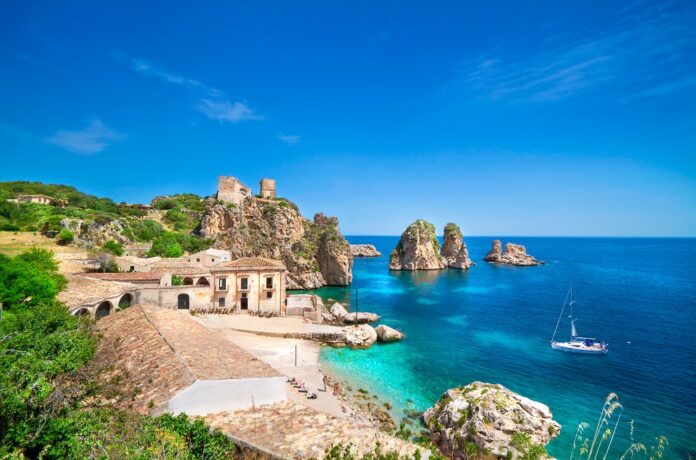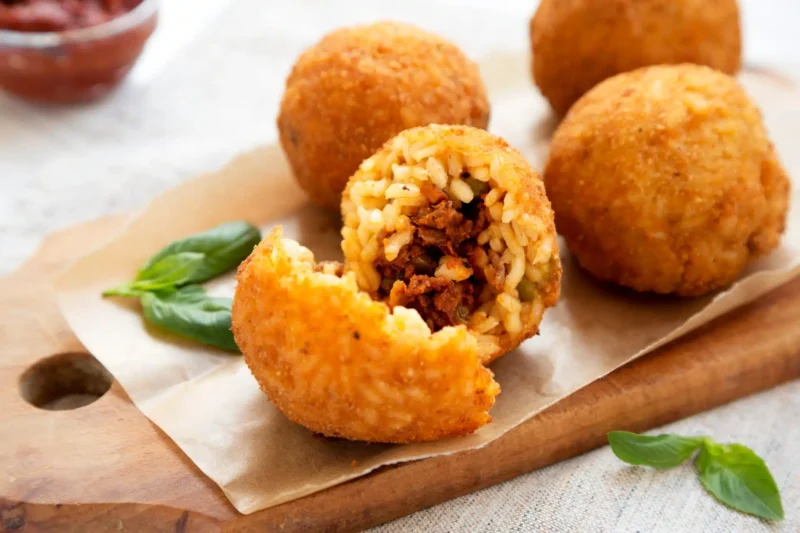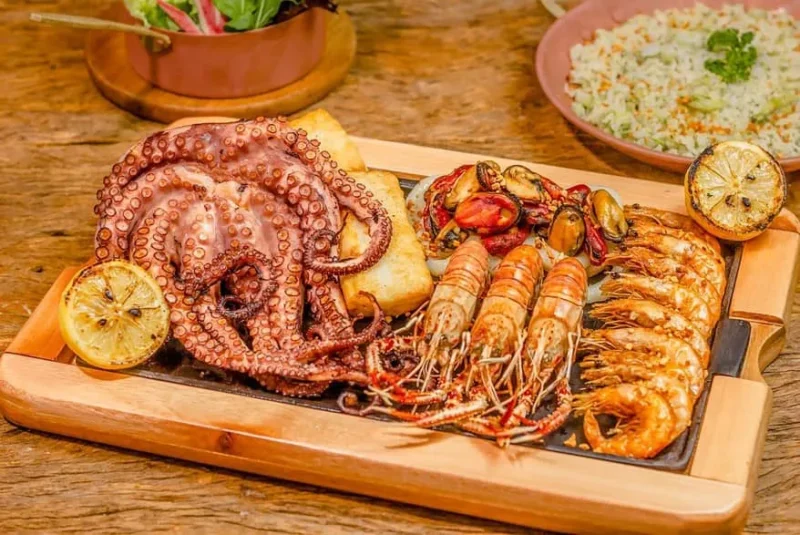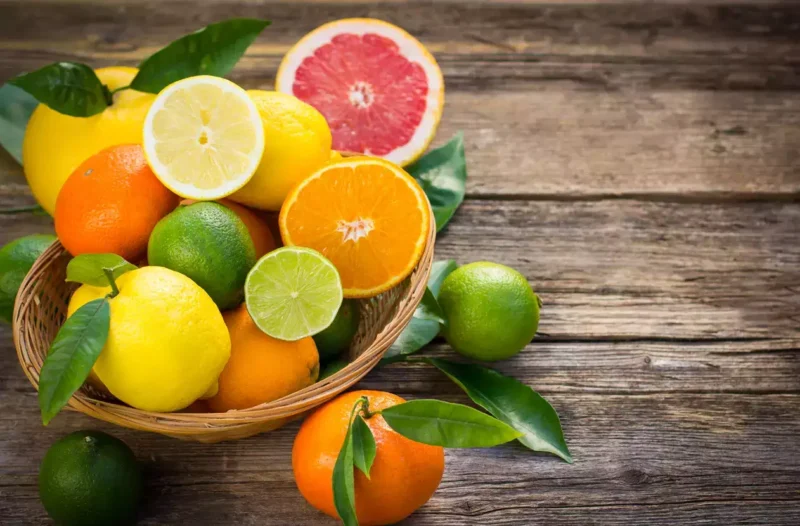
Sicily, the beautiful island located in the Mediterranean Sea, is not just known for its stunning landscapes and rich history but also for its delectable cuisine. The Sicilian culinary tradition perfectly blends Mediterranean flavors influenced by various cultures throughout history.
From fresh seafood to aromatic herbs and unique ingredients, Sicilian cuisine offers a delightful experience for food enthusiasts. The Sicilian food, a unique experience to discover on the Dolceterra.com website.
In this article, we will delve into the vibrant food culture of Sicily, exploring its flavors, traditional dishes, and the gastronomic treasures that make it a true paradise for food lovers.
Refreshing Beverages
Thanks to the favorable climate and fertile soil, Sicily is renowned for its excellent wines. From crisp white wines to full-bodied reds, Sicilian wineries produce a diverse range of exceptional vintages. The island is also famous for its citrus-based liqueurs, such as limoncello and arancello, which provide a delightful ending to a Sicilian meal.
Additionally, when it comes to refreshing beverages, Sicily offers a wide array of options. One notable beverage is the famous Sicilian almond milk, a refreshing and creamy drink made from almonds, sugar, and water.
This traditional beverage is perfect for quenching your thirst on a hot summer day in Sicily. Whether you prefer indulging in the richness of Sicilian wines or sipping on a citrus-infused liqueur or a glass of almond milk, Sicily has a beverage to complement every culinary adventure.
5 Iconic Sicilian Dishes

1. Arancini
These golden balls of deep-fried rice are filled with ragù, cheese, or vegetables. Arancini are a popular street food in Sicily, enjoyed as a quick and flavorful snack.
2. Pasta alla Norma
This classic pasta dish combines sautéed eggplant, tomatoes, basil, and ricotta salata cheese. It is a true celebration of Sicilian flavors.
3. Caponata
A traditional Sicilian antipasto, caponata is a sweet and sour eggplant relish cooked with tomatoes, celery, olives, and capers. It is often served as a side dish or on toasted bread.
4. Cassata
A Sicilian dessert masterpiece, cassata is a rich sponge cake filled with sweetened ricotta, candied fruits, and chocolate. It is beautifully decorated with marzipan and icing sugar.
5. Granita
A refreshing Sicilian specialty, granita is a semi-frozen dessert made with sugar, water, and various flavors such as lemon, almond, or coffee. It is often served with a brioche bun for a delightful breakfast.
Seafood Delights

With its long coastline, Sicily offers an abundance of fresh seafood options. The island’s cuisine showcases the best of the Mediterranean’s treasures from the sea. Some best food in Sicily include:
Sarde a Beccafico
Fresh sardines stuffed with breadcrumbs, pine nuts, raisins, and herbs, then baked to perfection.
Pesce Spada alla Ghiotta
Swordfish cooked in a delicious sauce with tomatoes, olives, capers, and fresh herbs.
Heavenly Pastries and Desserts
Sicilian desserts are a testament to the island’s love for sweetness. Here are some mouthwatering treats:
Cannoli
Crispy pastry tubes filled with sweetened ricotta cheese, often garnished with candied fruits or chocolate chips.
Cassatelle
These small pastries are filled with ricotta cheese, sugar, and cinnamon, then deep-fried until golden and dusted with powdered sugar.
Pignolata
A festive dessert made of fried dough balls coated in honey syrup and arranged into a mountain-like shape.
The Role of Citrus Fruits

Sicily’s sunny climate and fertile soil make it ideal for growing citrus fruits. Oranges, lemons, and other citrus varieties play a vital role in Sicilian cuisine, adding refreshing flavors to sweet and savory dishes. Sicilian lemon granita and arancini with orange zest are just glimpses of the citrus-infused delights you can savor in Sicily.
Unique Ingredients and Traditional Recipes
Using unique ingredients and traditional cooking techniques shapes Sicily’s culinary identity. Here are a few noteworthy examples:
Pistachios from Bronte
The volcanic soil of Mount Etna produces exquisite pistachios that are used in a variety of Sicilian dishes, from pesto to gelato.
Saffron from Trapani
Known as the “red gold” of Sicily, saffron is used in rice dishes, sauces, and traditional sweets, infusing them with its vibrant color and delicate aroma.
Ricotta from Ragusa
Sicilian ricotta is made from sheep’s milk, Which is creamier and richer in flavor, lending its distinctive taste to desserts like cannoli and cassata.
Sicilian Wines and Beverages

Thanks to the favorable climate and fertile soil, Sicily is renowned for its excellent wines. From crisp white wines to full-bodied reds, Sicilian wineries produce a diverse range of exceptional vintages. The island is also famous for its citrus-based liqueurs, such as limoncello and arancello, which provide a delightful ending to a Sicilian meal.
Exploring Local Markets
To truly experience the essence of Sicilian cuisine, one must visit the vibrant local markets. These bustling hubs offer a feast for the senses, with colorful displays of fresh produce, fragrant herbs, and local specialties. Exploring the markets allows you to interact with passionate vendors, discover seasonal ingredients, and get a glimpse into the daily life of Sicilian food culture.
The Art of Sicilian Cooking
Sicilian cuisine is not just about the ingredients. It’s also about the art of cooking. Traditional recipes are often passed down through generations, with each family adding their unique touch. The secret lies in meticulous preparation and attention to detail, ensuring every dish is a masterpiece of flavors.
Popular Food Festivals
Throughout the year, Sicily hosts numerous food festivals celebrating the island’s culinary heritage. These events showcase local produce, traditional recipes, and culinary traditions. From the Couscous Festival in San Vito Lo Capo to the Chocolate Festival in Modica, there is always a reason to indulge in Sicilian delights.
Preservation of Culinary Heritage
Efforts are being made to preserve Sicily’s culinary heritage and promote sustainable practices. Local organizations work closely with farmers, producers, and chefs to preserve traditional recipes, protect native ingredients, and promote sustainable farming methods. These initiatives ensure that future generations can continue to savor Sicily’s authentic flavors.
Fusion of Old and New
While Sicilian cuisine deeply respects tradition, it also embraces innovation. The island’s culinary scene features a fusion of old and new, with chefs incorporating modern techniques and creative twists into classic recipes. This culinary evolution adds a dynamic element to the already diverse Sicilian gastronomy.
Conclusion
Sicilian cuisine is a tapestry of flavors influenced by centuries of history and cultural exchanges. Every aspect of Sicilian food culture tells a story, from the vibrant markets to the family kitchens. Exploring the flavors of Sicily is an immersive experience that allows you to savor the essence of this enchanting island.



















